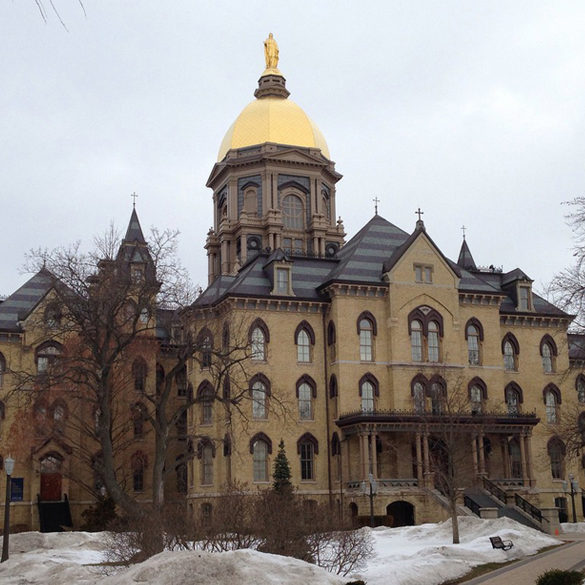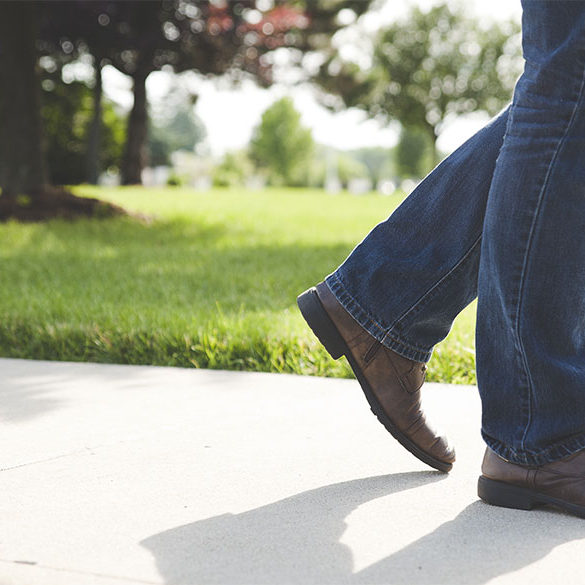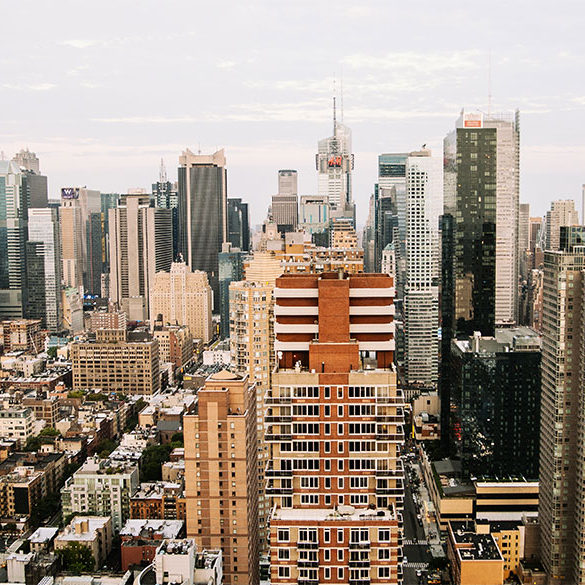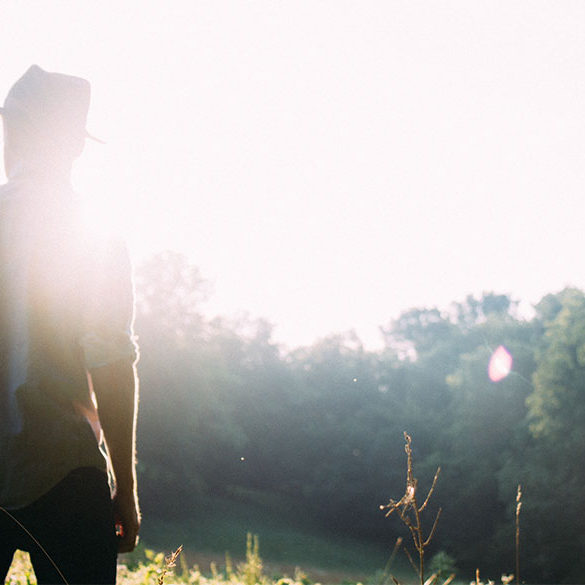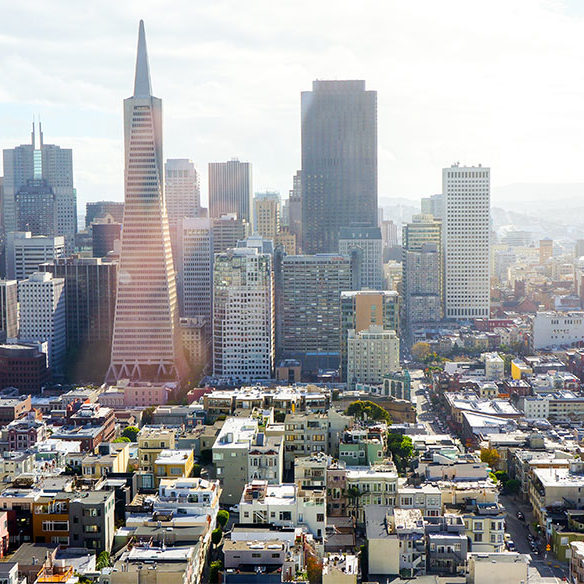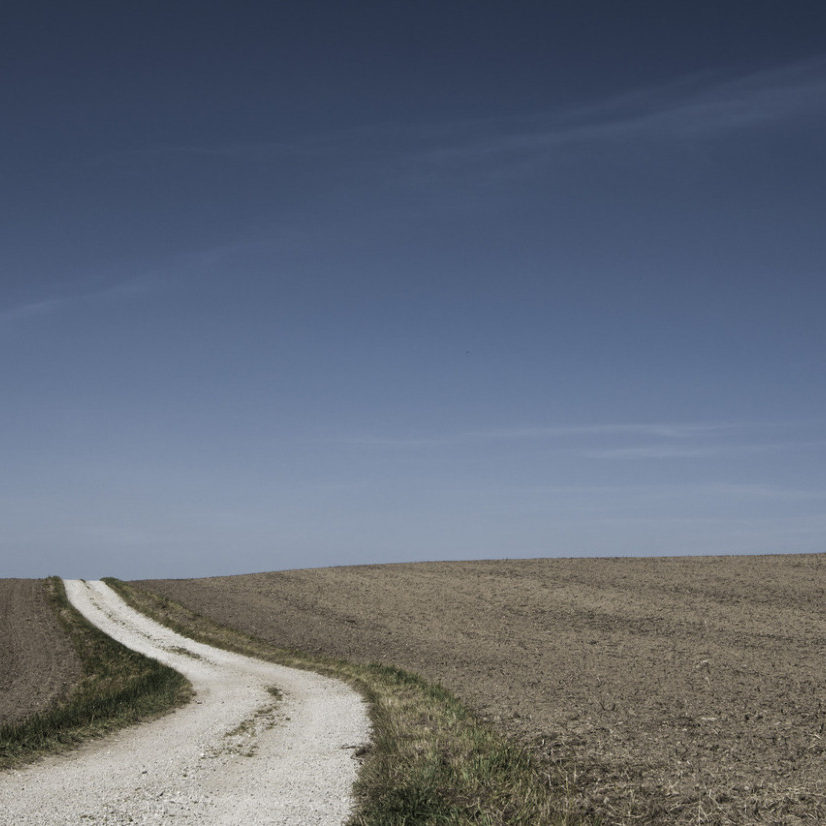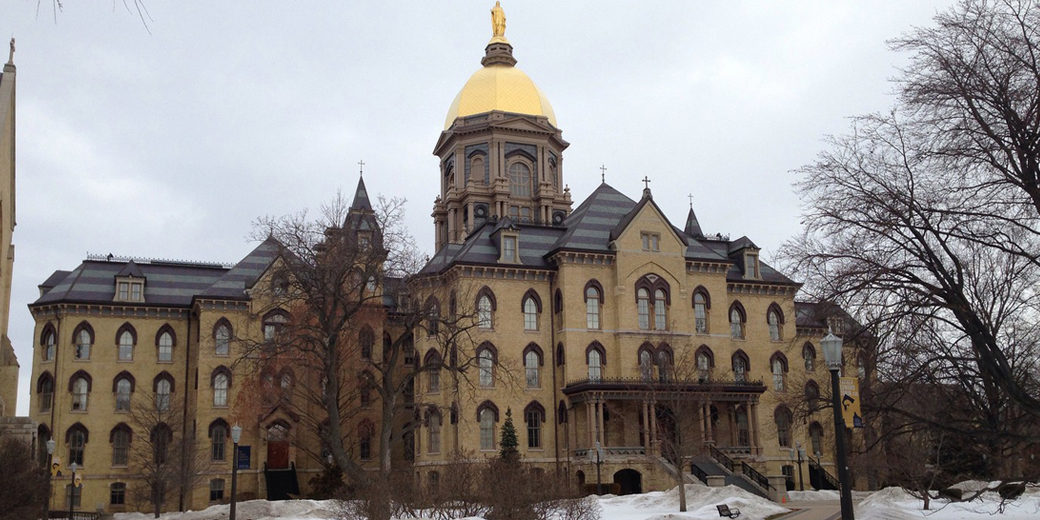
This is a Test
Coffee is a brewed beverage with a distinct aroma and flavor, prepared from the roasted seeds of the Coffea plant. The seeds are found in coffee cherries, which grow on trees cultivated in over 70 countries.
Roasting coffee transforms the chemical and physical properties of green coffee beans into roasted coffee products. The roasting process is what produces the characteristic flavor of coffee by causing the green coffee beans to expand and to change in color, taste, smell, and density. Unroasted beans contain similar acids, protein, and caffeine as those that have been roasted, but lack the taste. Heat must be applied for the Maillard and other chemical reactions to occur.
“Among the numerous luxuries of the table…coffee may be considered as one of the most valuable. It excites cheerfulness without intoxication; and the pleasing flow of spirits which it occasions…is never followed by sadness, languor or debility.”
Benjamin Franklin
As green coffee is more stable than roasted, the roasting process tends to take place close to where it will be consumed. This reduces the time that roasted coffee spends in distribution, giving the consumer a longer shelf life. The vast majority of coffee is roasted commercially on a large scale, but some coffee drinkers roast coffee at home in order to have more control over the freshness and flavor profile of the beans.
A short history
Coffee cultivation first took place in southern Arabia; the earliest credible evidence of coffee-drinking appears in the middle of the 15th century in the Sufi shrines of Yemen. In East Africa and Yemen, coffee was used in native religious ceremonies. As these ceremonies conflicted with the beliefs of the Christian church, the Ethiopian Church banned the secular consumption of coffee until the reign of Emperor Menelik II.
The beverage was also banned in Ottoman Turkey during the 17th century for political reasons and was associated with rebellious political activities in Europe.
